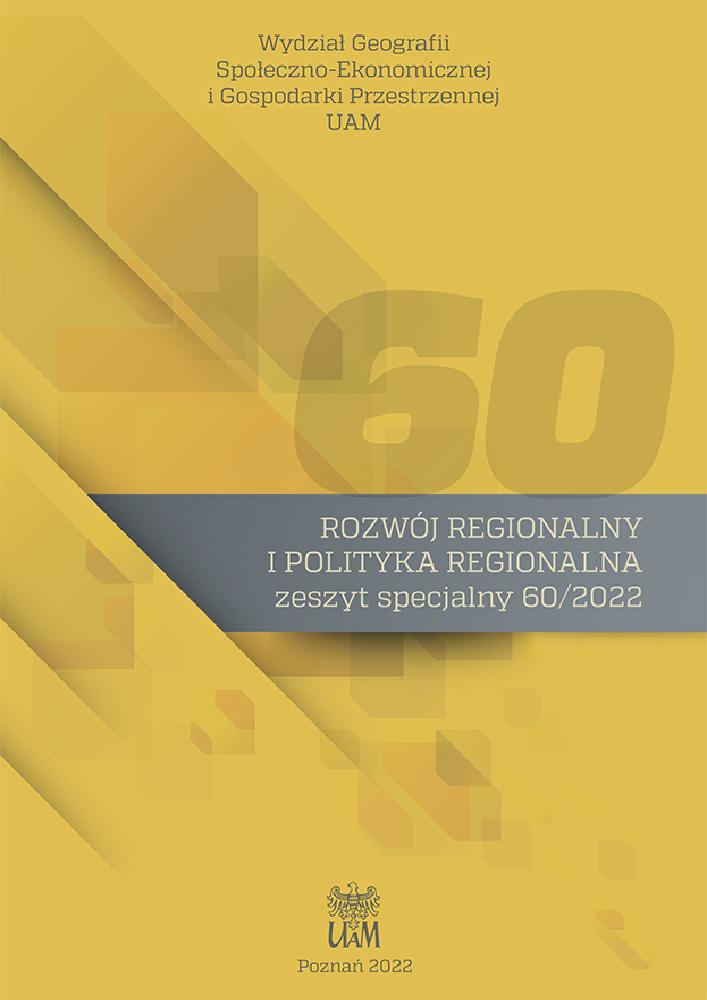Abstract
Cities are undergoing significant transformations and face substantial challenges due to climate change and rapid urbanisation. Consequently, planning strategies around smart and sustainable urban development are key to addressing some of the most pressing challenges, such as climate change mitigation and adaptation, and improving resource efficiency. However, local governments have limited financial resources to achieve their development goals, and many times no criteria of sustainability are followed to define local projects. In this sense, it is necessary to include sustainable indicators that help local governments; in order to allow an efficient use of resources, ensure a greater impact and benefit for the citizens and residents of the area of intervention, as well as consolidate with them the established policy guidelines. This research is based on the work of MGI Morgenstadt Global Smart Cities Initiative in Piura-Peru, a project funded by the International Climate Initiative (IKI) of the German Federal Ministry for the Environment, Nature Conservation and Nuclear Safety (BMU), with the primary objective to mitigate the consequences of climate change in the pilot cities, increase their resilience to climate risks, and preserve their natural resources. As part of this broader project, this paper seeks to define valuable contribution to sustainable principles oriented for the definition of urban development projects within the framework of the elaboration of the Metropolitan Development Plan Piura – Catacaos – Castilla – Veintiséis of Octubre 2020–2040. It explores the potential of science-based frameworks that consider sustainable aspects in the description of the project idea and strategies at the local level and provide relevant sustainability indicators for the measurement of the project scope regarding its outcomes and impacts. The methodology contributes to generating projects to transform Piura into a model city of ecological, economic and social sustainability, with accessible public spaces, adequate urban infrastructure designed for its inhabitants.
References
Bosch P., Jongeneel S., Rovers V., Neumann H.M., Airaksinen M., Huovila A. 2017. CITYkeys Indicators for Smart City Projects and Smart Cities (https://doi.org/10.13140/RG.2.2.17148.23686 ).
Bosch P., Neumann H.-M., Airaksinen M. 2016. CITYkeys indicators for smart city projects and smart cities. City Keys, London.
Chao A.L., Gallego A.C., Lopez-Chao V., Alvarellos A. 2020. Indicators framework for sustainable urban design. Atmosphere, 11 (https://doi.org/10.3390/atmos11111143 ).
Chiarella Quinhoes J., Yakabi K. 2016. Planificación y ordenamiento territorial. Consideraciones a partir del caso peruano. Revista Política e Planejamento Regional, 3: 137-158.
Congreso de la Republica 2021. Ley 31313, Ley de Desarrollo Urbano Sostenible. El Peruano (https://busquedas.elperuano.pe/normaslegales/decreto-legislativo-que-aprueba-el-codigo-de-responsabilidad-decreto-legislativo-n-1348-1471548-8/ ).
Diaz C., Fernández T., Schlecht V. 2022. MGI Impact Monitoring Concept (Internal project documentation ). Stuttgart.
EU 2018. Indicators for Sustainable Cities. [In:] Science for Environment Policy (https://doi.org/10.2779/121865 ).
Fernández T., Schroeder S., Stöffler S., Diego E.L., Ordóñez J.A., Mok S., … Zavala D. 2021. Summary Report of the full technical City Profile Piura within the Morgenstadt Global Initiative. [In:] mgi-iki. Stuttgart (https://publica.fraunhofer.de/handle/publica/418573 ).
INEI 2019. 6. Planificación Municipal. Indicadores de Gestión Municipal 2019, 12.
Munier N. 2011. Methodology to select a set of urban sustainability indicators to measure the state of the city, and performance assessment. Ecological Indicators, 11: 1020-1026.
MVCS 2018. Manual para la elaboración de Planes de Desarrollo Urbano y Planes de Desarrollo Metropolitano en el marco de la RCC-2018 (Vol. 1). Lima.
MVCS – Perú 2016. Reglamento de Acondicionamiento Territorial y Desarrollo Urbano. Decreto Supremo N° 022-2016-Vivienda. El Peruano, 608868-607812.
OECD 2008. Governing Climate Change in Citites: Modes of Urban Climate Governance in Multi-level Systems. [In:] OECD (Ed.), Competitive Citites and Climate Change. Milan.
ONU Perú 2015. Objetivos de Desarrollo Sostenible | Naciones Unidas en Perú (https://peru.un.org/es/sdgs ).
Purvis B., Mao Y., Robinson D. 2019. Three pillars of sustainability: in search of conceptual origins. Sustainability Science, 14: 681-695.
Radecki A. von. 2019. Transformationsmodell für nachhaltige Stadtsysteme Entwicklung und Erprobung eines systemischen Technologiemanagementansatzes für Städte. Stuttgart (//07cc0278-f75d-ac4b-97d1-e064fd1cb6a3/enhanced-reader.html?openApp&pdf=https%3A%2F%2Felib.uni-stuttgart.de%2Fbitstream%2F11682%2F10654%2F3%2FDissertation_von_Radecki.pdf ).
REC (n.d.). What is a Sustainable City. Retrieved November 16, 2021 (http://archive.rec.org/REC/Programs/SustainableCities/What.html ).
Roosa S.A. 2010. Sustainable Development Handbook. 2nd ed. Fairmont Press.
UN (n.d.-a). Sustainability | United Nations.
UN (n.d.-b). Transforming our world: the 2030 Agenda for Sustainable Development | Department of Economic and Social Affairs. Retrieved February 25, 2022 (https://sdgs.un.org/2030agenda ).
UN 1992. Convención marco de las naciones unidas sobre el cambio climático. Vol. 62301.
UN 2015. Paris Agreement (https://doi.org/10.16925/co.v25i111.1874 ).
UN 2016. New Urban Agenda. [In:] Habitat III. Conferencia de las Naciones Unidas sobre la Vivienda y el Desarrollo Urbano Sostenible. Naciones Unidas, Habitat III, Quito.
UNECE 2000. Terminology on Statistical Metadata. Conference of European Statisticians, Statistical Standards and Studies, 53: 47.
Verma P., Raghubanshi A.S. 2018. Urban sustainability indicators: Challenges and opportunities. Ecological Indicators, 93: 282-291.
Zucchetti A., Freundt D. 2018. Ciudades del Perú Ciudades del Perú. Periferia y WWF, 148.
License
Copyright (c) 2022 Stella Schroeder, Trinidad Fernandez, Sonja Stöffler

This work is licensed under a Creative Commons Attribution 4.0 International License.

